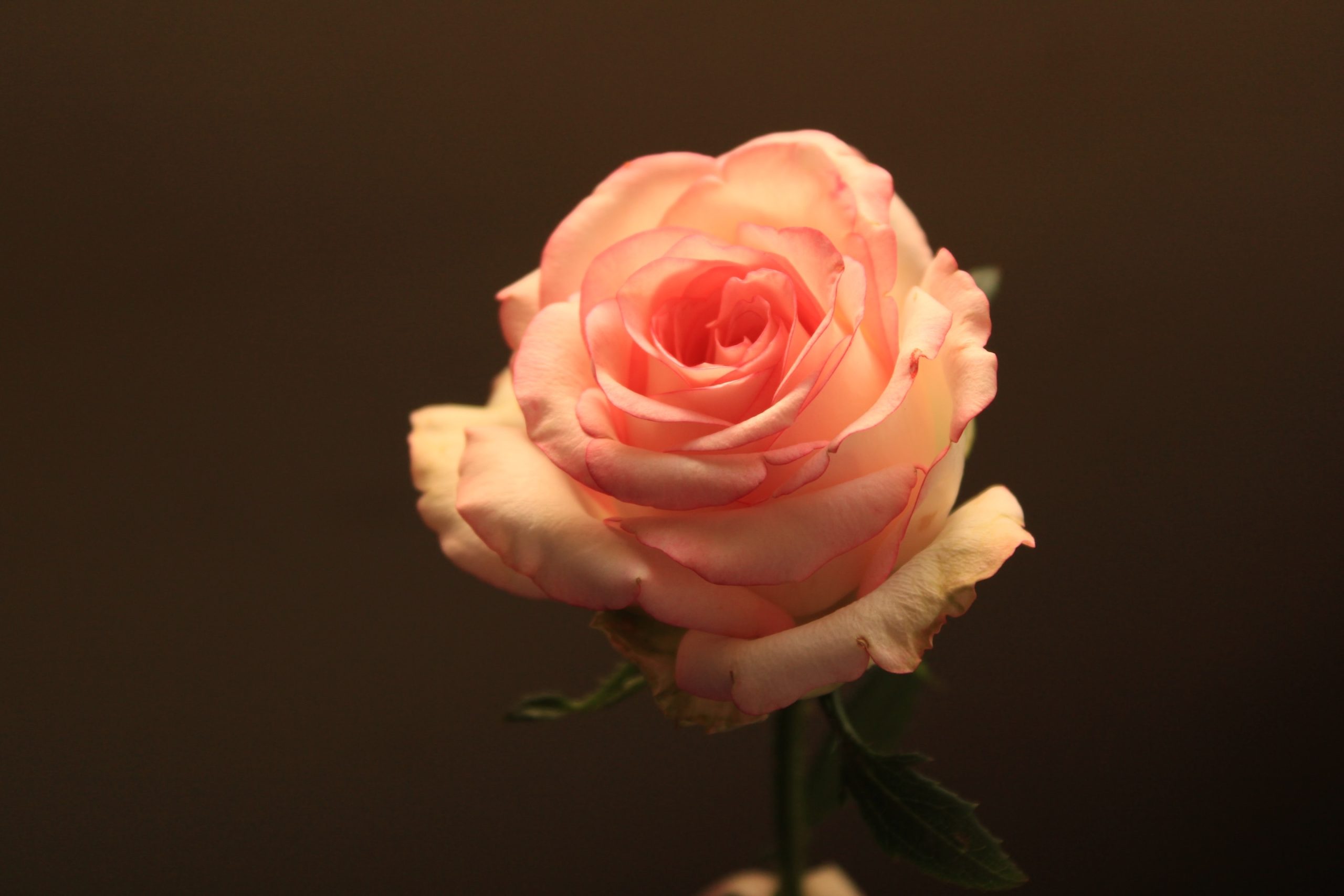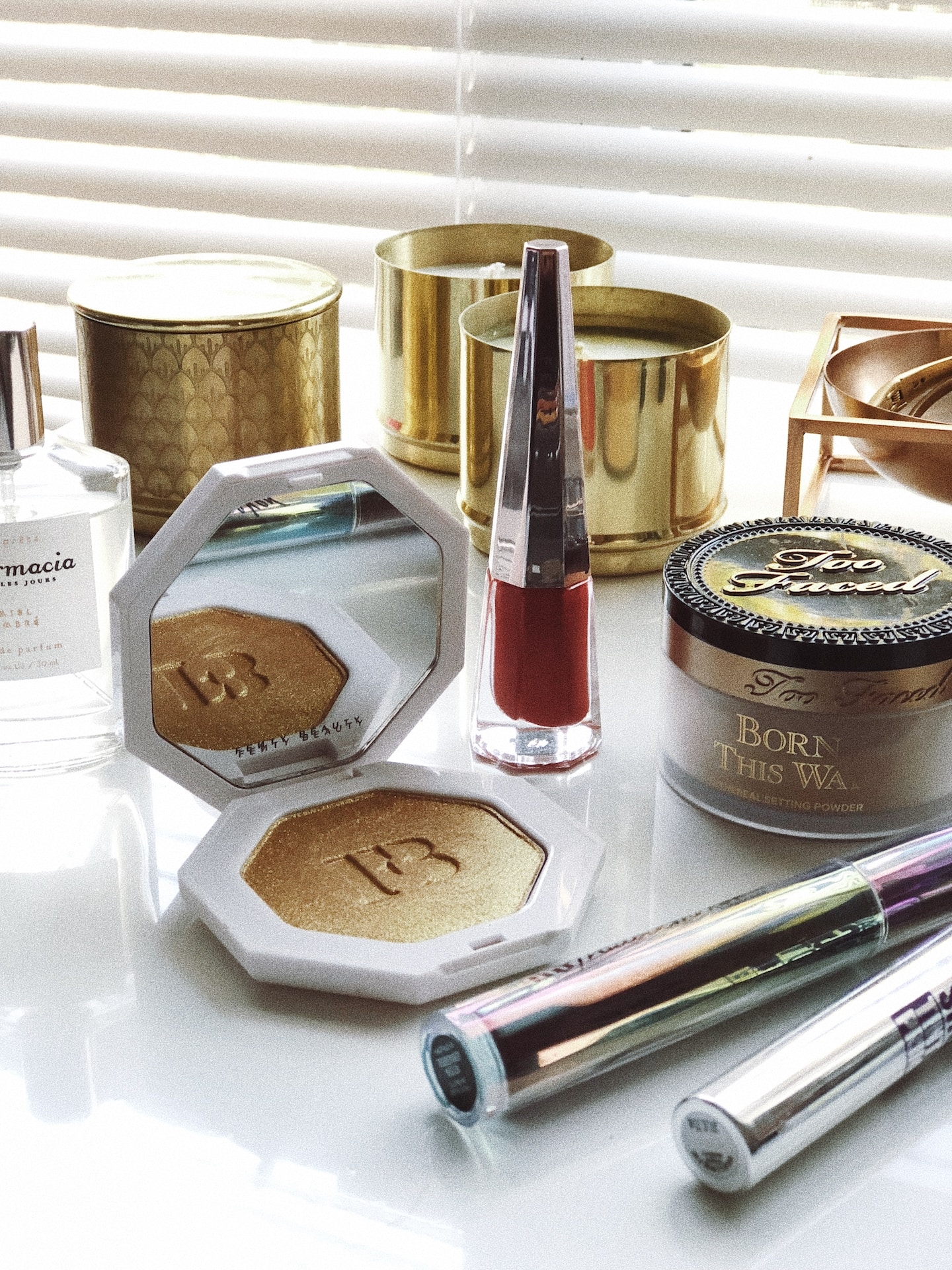Does plucking chin hair make more grow back?


Chin hair, particularly in women, can be a source of frustration and self-consciousness. Many individuals resort to plucking as a common method of hair removal, but a widely believed myth suggests that plucking chin hair can lead to more hair growing back. In this article, we will explore whether there is any truth to this claim.
Understanding hair growth
To better comprehend the concept of plucking and its effects, it is important to understand how hair grows. Each hair strand originates from a hair follicle, which is a small pocket in the skin. Hair growth occurs in cycles, consisting of three phases:
- Anagen phase: This is the active growth phase, during which the hair follicle produces new cells, leading to hair growth. The duration of this phase determines the length the hair can reach.
- Catagen phase: In this transitional phase, the hair follicle stops producing new cells, and the hair shaft detaches from the follicle.
- Telogen phase: Also known as the resting phase, the hair remains dormant in the follicle until it eventually falls out, allowing a new hair strand to begin its growth cycle.
Effect of plucking on hair growth
Contrary to popular belief, there is no evidence to suggest that plucking chin hair causes more hair to grow back. When a hair strand is plucked, the entire hair shaft is removed, but the hair follicle remains intact. The hair follicle will then enter the telogen phase, and a new hair strand will begin to grow in its place.
It is essential to note that plucking does not alter the number of hair follicles present on the skin. The number of hair follicles is determined by genetics and varies from person to person. Therefore, plucking a hair strand will not lead to more hair follicles developing in the treated area.
The perception of increased hair growth
One reason why individuals may believe that plucking chin hair results in more hair growth is due to the perception of stubble. When a hair strand is plucked, it may take several weeks for the new hair to grow and become noticeable. During this time, the follicle may produce shorter, thicker hair strands, creating the appearance of increased hair growth. However, this is simply a temporary effect and does not indicate actual hair multiplication.
Alternative hair removal methods
If you find chin hair problematic and want to explore alternative hair removal methods, several options are available:
- Shaving: While commonly associated with facial hair in men, shaving can also be used by women to remove chin hair. However, it is important to note that shaved hair may grow back with a blunt tip, potentially giving the appearance of thicker or coarser hair.
- Waxing: Waxing involves removing hair from the root, resulting in longer-lasting results compared to shaving. However, the process can be painful and may cause skin irritation.
- Laser hair removal: This method uses laser technology to target hair follicles, inhibiting their ability to produce hair. While effective, multiple sessions are required for optimal results, and it can be expensive.
Conclusion
In summary, plucking chin hair does not cause more hair to grow back. The perception of increased hair growth may be due to the temporary effects of plucking and the appearance of stubble. If you find chin hair bothersome, consider exploring alternative hair removal methods that best suit your preferences and needs.
This Is How Deep Facial Hair Goes
Chin hair, particularly in women, can be a source of frustration and self-consciousness. Many individuals resort to plucking as a common method of hair removal, but a widely believed myth suggests that plucking chin hair can lead to more hair growing back. In this article, we will explore whether there is any truth to this…



